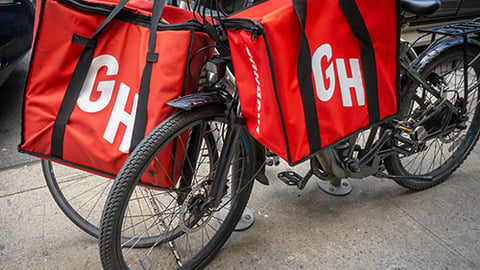OpenTable Is Now for Groceries, Too
It seems as though everyone is pivoting in this coronavirus economy, and that includes restaurant app OpenTable.
The website best known for helping consumers make reservations at restaurants has rolled out a reservation system for grocery shopping at specialty grocers and businesses such as restaurants that have started selling groceries during the pandemic.
"As we all work to stop the spread of COVID-19, OpenTable has teamed up with participating grocery stores and markets to help limit the number of people who enter at a time and reduce crowds and wait times for shoppers. Just as people can make a restaurant reservation or join a waitlist, they will now be able to reserve shopping times or join a virtual line in the OpenTable app," says a statement on the company website.
OpenTable's new technology works in two ways:
- Reserved shopping times: Just like reserving a table at a restaurant, consumers can reserve a time to enter a store.
- Online waitlists: If a consumer hasn't pre-reserved, instead of standing in a physical line to get into a store, he or she can simply enter a code on a cellphone to join an online waitlist. Then wait for the notification in a car or down the block away from any crowds.
"OpenTable’s new grocery product leverages our reservation software so that grocery stores, major retailers and restaurants can display available shopping times for customers to book in advance or join a waitlist at the door. Not only does this help control crowds in a simple and contactless way, but it also provides a safer option for shoppers, especially those at high risk, to get their groceries without waiting in a crowded line," the company says.
Currently, the app feature is mostly available at specialty grocery stores and shops in San Francisco and Los Angeles.
The COVID-19 pandemic has sent everyone scrambling to update their business models. Food retailers have been scrambling to keep up with demand for grocery delivery and pickup, and foodservice operators and other businesses have been scrambling to come up with alternative revenue streams, such as selling groceries.
Many restaurant chains such as Panera have started selling groceries, while shoppers at food retailers are reporting weeks-long waits on Instacart, Shipt and other leading platforms as demand far outpaces the supply of available workers and groceries.
Meanwhile other tech companies besides OpenTable are pivoting to address the pandemic. Apps such as Resy, DoorDash, GrubHub and others have quickly adapted their business models to meet surging demand for touchless grocery and takeout.






